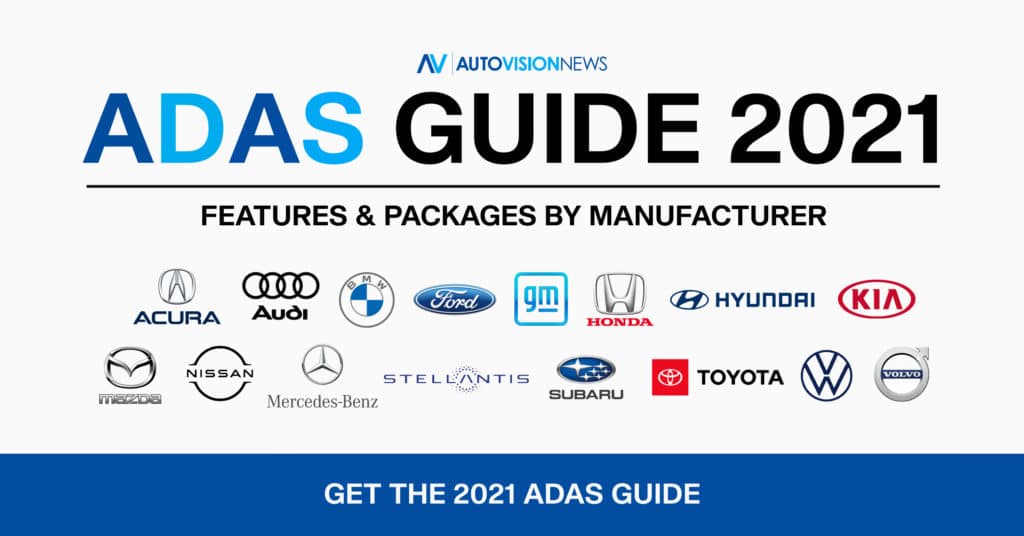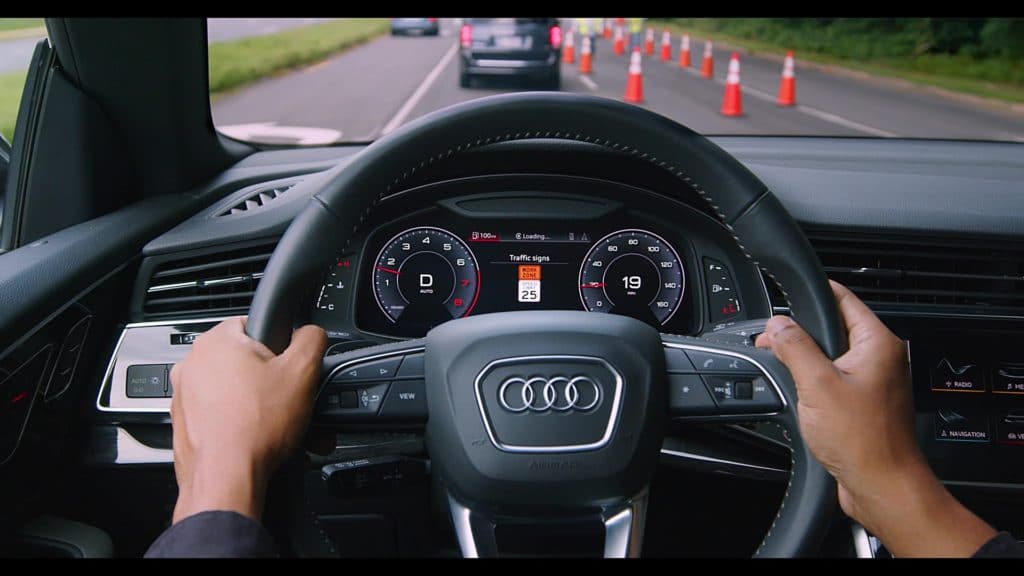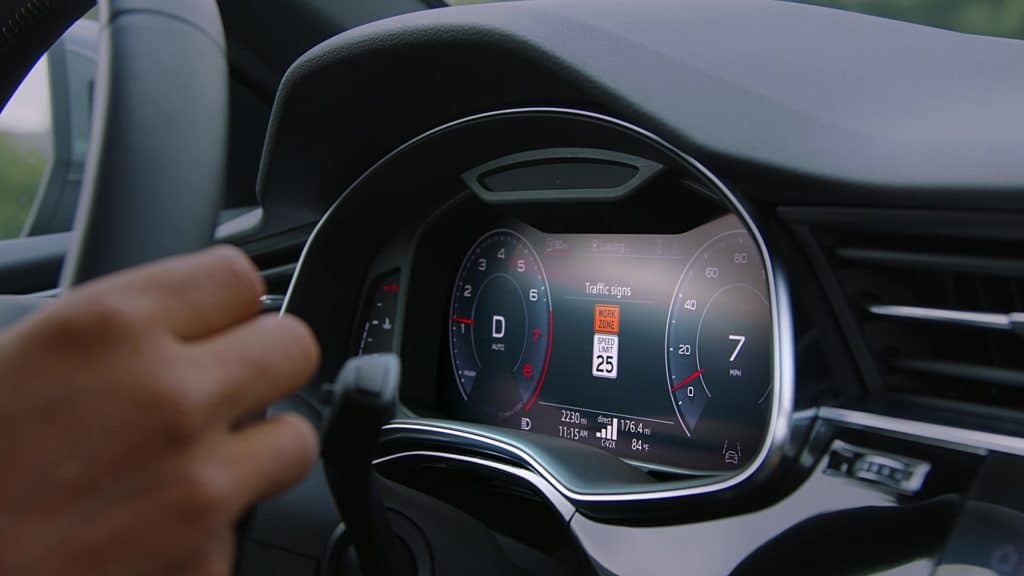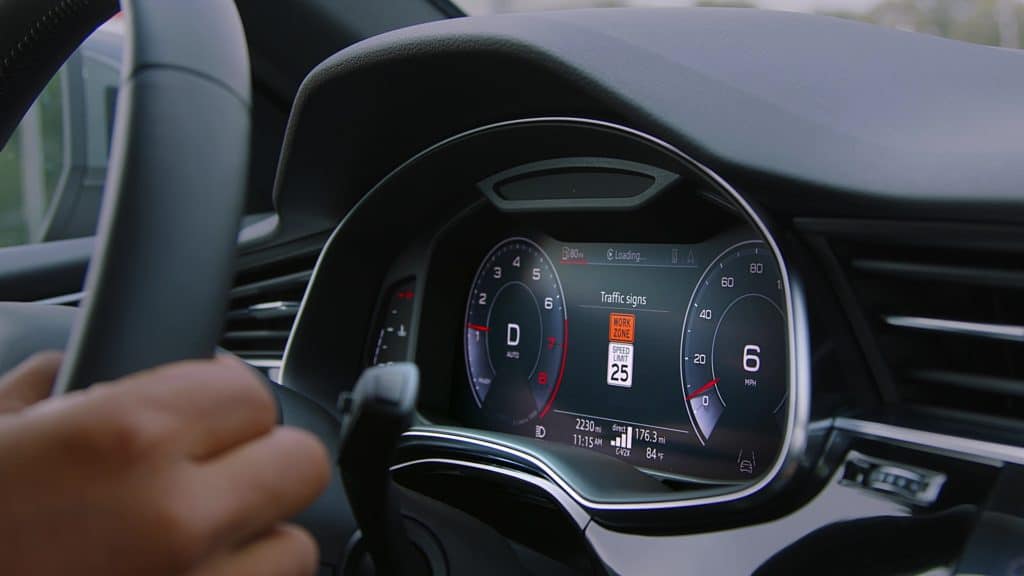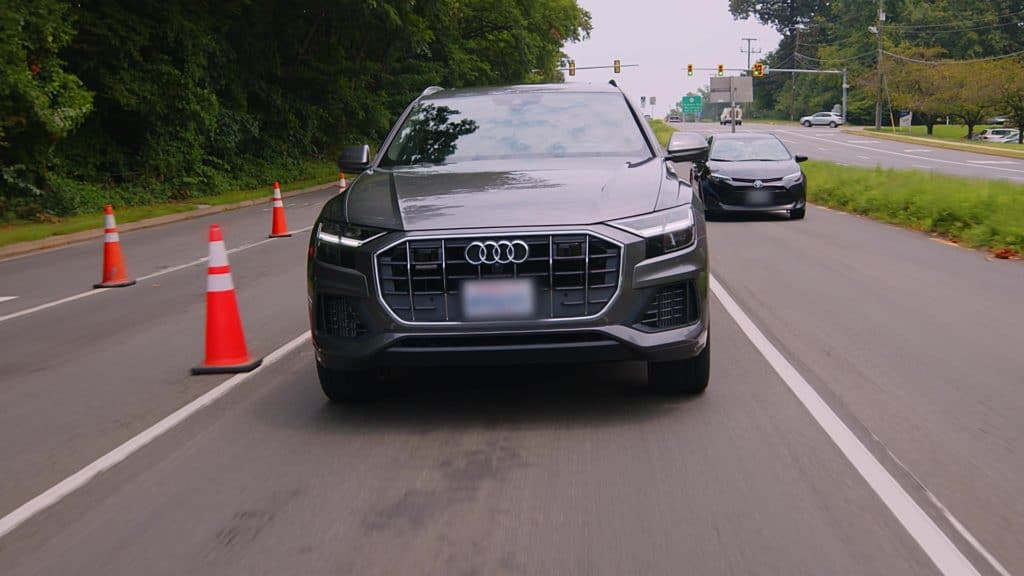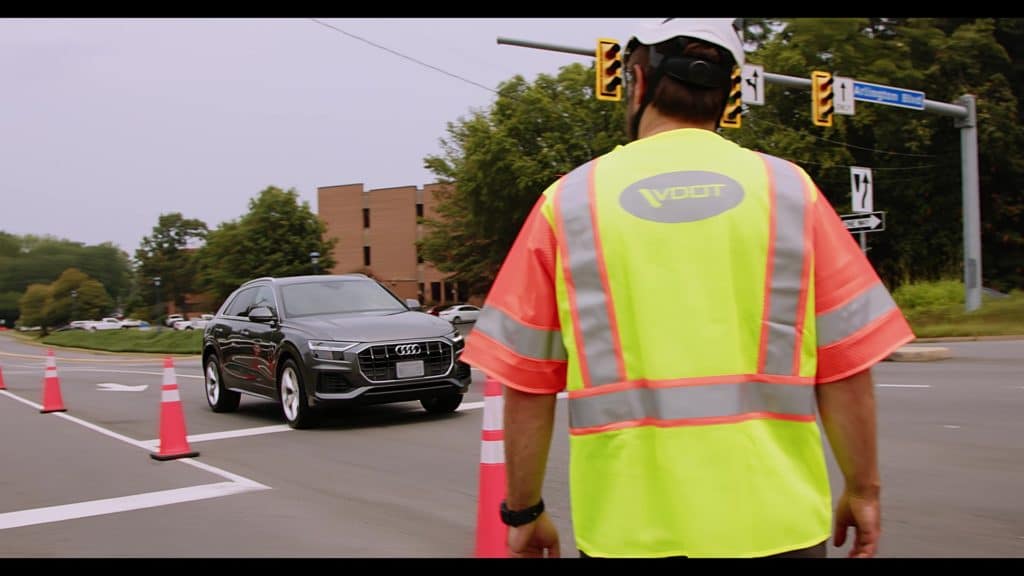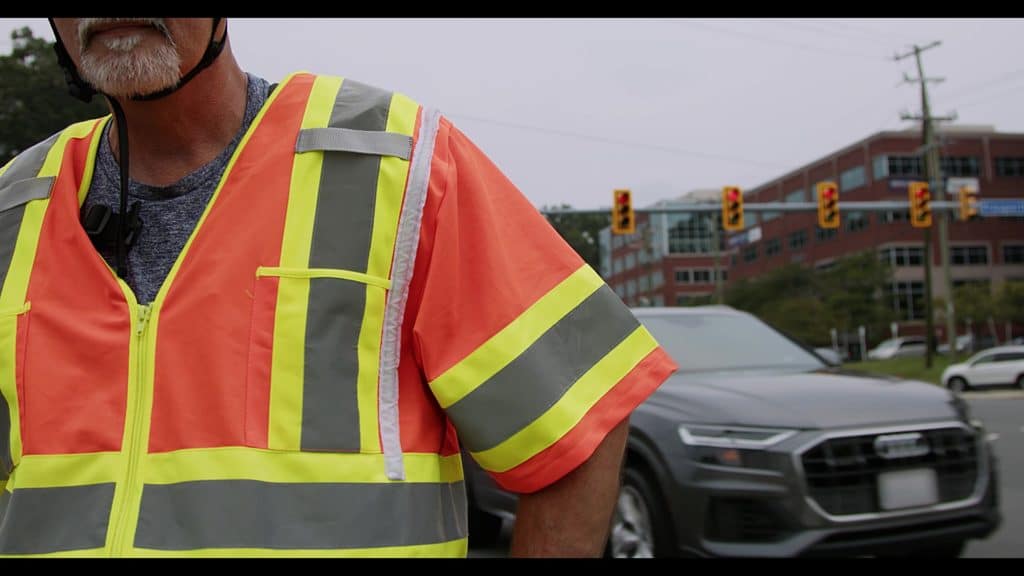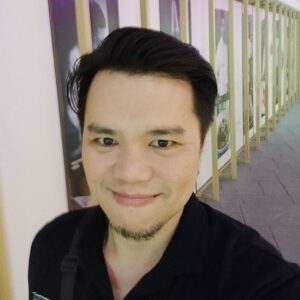Audi of America recently collaborated with American Tower, Commsignia, Qualcomm Technologies, and Traffic Technology Services in utilizing cellular vehicle-to-everything (C-V2X) technology along U.S. 50 in Northern Virginia. Alongside the Virginia Department of Transportation and the Virginia Tech Transportation Institute (VTTI), Audi and its partners deployed C-V2X communications technology on Virginia’s roadways to help improve road safety.
Real-World Safety Benefits
As it turns out, Audi and the rest of the team were on to something great, less than a year after initially deploying C-V2X along the Virginia Connected Corridor. The expansion started after the U.S. Federal Communications Commission (FCC) agreed to allocate a portion of the 5.9 GHz cellular band for C-V2X communications in November 2020.
Using newly-appointed frequencies in the 5.9 GHz ITS band, the team moved to U.S. Route 50 in early 2021 to explore the potential real-world benefits of C-V2X in enhancing safety for both drivers and roadside workers. It couldn’t have come at a better time. According to the National Highway Traffic Safety Administration (NHTSA), there were 842 reported fatalities along work zones in 2019, and 135 roadside workers lost their lives in the line of duty that same year.
More worrying is the eight percent increase of road crashes in 2020 – during a time when Americans were driving 430 million fewer miles due to COVID-19 lockdowns. Furthermore, NHTSA reported that motor vehicle crashes inflict more than $800 billion in economic harm annually, 94 percent of which are caused by human error.
Less than a year after the FCC ruling, Audi and the team successfully developed intuitive communication tools to alert drivers when entering work zones. The technology builds upon Audi’s proprietary Traffic Light Information system to notify roadside workers of vehicles approaching close to a work zone.
How It Works
The team employs a specially equipped Audi Q8 crossover with exclusive hardware and software, enabling the vehicle to communicate with a work zone and roadside workers. When the vehicle approaches a work zone, the built-in C-V2X system feeds on LTE cellular signals from a tower, informing the driver of an approaching work zone. As the vehicle gets closer, the car issues warnings on the dashboard to tell the driver to merge left or right, for instance, as traffic narrows ahead.
Meanwhile, direct C-V2X signals can inform roadside workers if the driver/vehicle gets too close for comfort in the work zone, issuing visual and audible warnings to an intelligent safety vest worn by roadside workers. In return, the vest can monitor and predict potential collisions between the workers and passing motorists by communicating the worker’s location to passing vehicles and proactively warning the person of passing motorists.
Leveraging the benefits of modern LTE cellular signals and direct PC5 signals without relying on a cellular network, Audi and the team gained valuable insights on scaling C-V2X technology for commercial automakers, government agencies, and infrastructure providers.
C-V2X Future Applications
More than improving road safety, C-V2X is also applicable to traffic enforcement. Using Audi’s Traffic Light Information, the system can issue “red light violation warnings” (or traffic violation tickets, albeit virtually) at more than 22,500 intersections nationwide. Audi claims the system could slow or stop vehicles at an intersection from colliding with each other in future applications.
Additionally, C-V2X is beneficial for school zone safety. Audi collaborated with Temple, Inc. and Applied Information in a C-V2X development program in Alpharetta, Georgia, to reduce the incidence of illegal school bus passings in and around school zones.
Audi and the Volkswagen Group Innovation and Engineering Center California are working on next-generation C-V2X communication devices for production vehicles. Utilizing direct-to-vehicle or vehicle-to-infrastructure C-V2X communications, future cars can pick up important safety messages every 100 milliseconds while considering the topography, the time of day for traffic patterns, and indirect cell tower communications.
